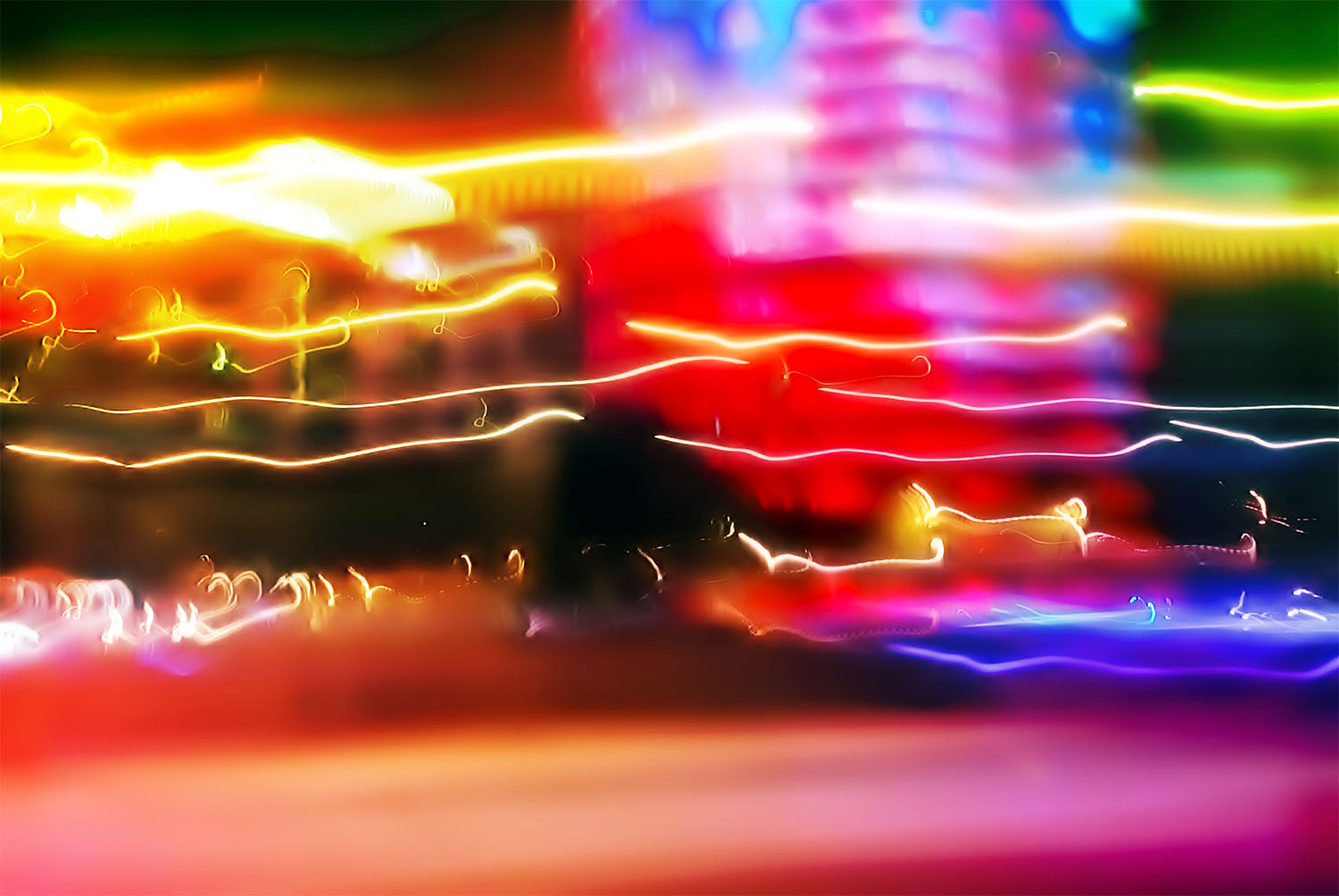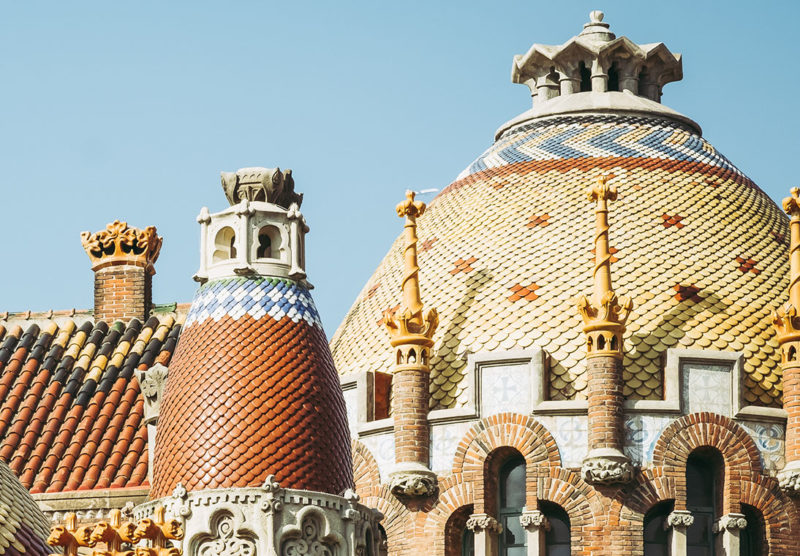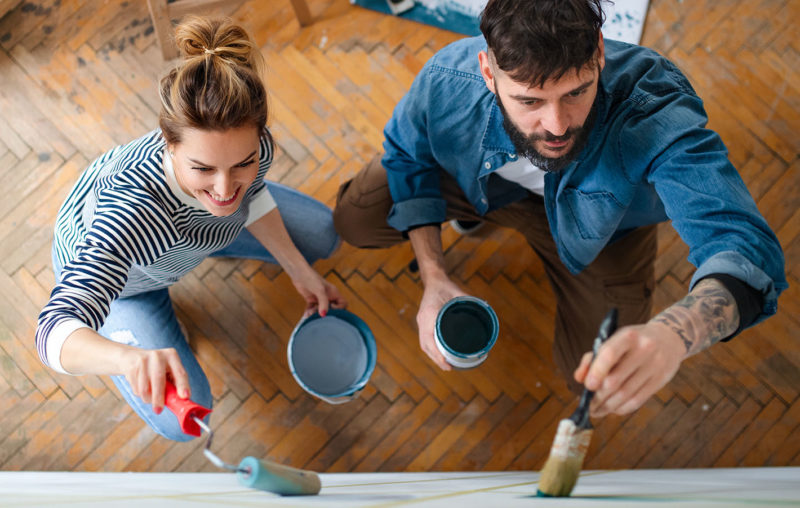

Technology and art: an explosive combination
Digital art is capable of anything: it has broken the record by selling a work of art for $69 million.
Thanks to the union of art and technology, new human feelings have arisen and have made it possible to experience art in a much more intense way, including newer, much more interactive tools.
The art world is evolving with new resources to reach all audiences and, through technology, it manages to make us feel what art wants to express; lights, perspective, and sound can take us to another dimension.
In 1826, Joseph Nicéphore Niepce began to link photography and art in making the first photographic copies of pictorial works and in trying to capture reality with an artistic sense, beyond the mere capture of images.
We understand art as the activity in which man recreates, for an aesthetic purpose, an aspect of reality or a feeling in beautiful forms, using matter, image, or sound. If we talk about technology, we can define it as the pursuit of satisfying human needs and desires. Technology seeks to solve practical problems in part by using science.
New technologies, new perspectives
Art and technology have always existed as a union, but today the link between the two is much more evident. And if this has been achieved, it is thanks to the use of increasingly sophisticated technological developments.
One of the most innovative techniques has been video mapping, where video projectors are used to display an animation or images on real surfaces, achieving an artistic effect that is out of the ordinary. This technique is based on the movements created by the animation (2D and 3D) on the surface.
The best known mapping is the one we see on monumental buildings accompanied by sounds to create a greater spectacle.
This technique has allowed us to interact with the public and a relationship is created with art, technology, and society.
Many brands have managed to reach their target audience through this technique. They have recreated, for example, a piece of high jewellery so that not only the public sees the jewel on display, but also how to go into it, to have a different perception of it.
Flat projections are long gone. Mapping can be projected onto real-world objects, such as a building, and it can capture images on walls with no distortion at all.
Mapping in Barcelona on the occasion of the Llum BCN Festival 2016.
The latest and most revolutionary
The rise of digital art is unstoppable, and the record has been recently broken. Billionaire digital artist Mike Winkelmann, known as Beeple, has made it possible for his artwork to sell for $69 million. The technology that made it possible has its own name: NFT (Non-Fungible Tokens).
Winkelmann has been doing that for over fifteen years, but it is now that he has managed to make his 5,000-image collage position him as the most sought-after digital artist.
Something never seen before! On February 25, his work went to auction for an initial price of $100; within a week, its share price reached $14 million, but what Mike wasn’t expecting was that it reached $69 million. The work that has reached this figure is “Everydays – The First 5000 Days”. The author says it is a work in which “individual pieces are organised in an inaccurate chronological order: when approaching the images, abstract, fantastic, grotesque, or absurd images are revealed, which are deeply personal or representative of today”.
Comparing the past to the present, Van Gogh’s “Irises” oil on canvas, also auctioned by Christie’s, sold for $20 million less than Beeple’s work.
Other ways to create art
We speak with architect Alfredo Acosta, who tells us that architecture and light are very fashionable. He has a new personal project that is focused on the space that is generated with light. The objective is to discover new spaces different from those to which we are used. He gives us the example of typography: if we enlarge a letter, if we increase the scale 14 times, a space is being generated, we can enter the letter and, if we illuminate it in a synchronised way with the person who was enabling the font space, through sensors, we could achieve these sensations, so that person, space, and light can interact.
Soon we will have more details about his exhibition. Can you imagine being able to discover what’s inside your name’s initials?
Where to find digital art
If you are in Barcelona, don’t miss the IDEAL space, a creative laboratory that aims to research, create, and develop technology applied to immersive environments and experiences such as virtual reality or augmented reality, among others. Today you can see KLIMT: a large format immersive production focused on the work of the modernist painter.
Klimt, the Immersive Experience at IDEAL.
And, in the same space, the Kabaret Fledermaus (Bat cabaret) is carried out, which the authors create as “a vindication of the mythical Viennese cabaret of the early twentieth century through art, music, technology, and science”. In this space, technology manages to create an experience to delve into art with all five senses.
After reading this article, you surely no longer think that art is boring and difficult to understand. Enjoy digital art and delve into works whose author probably never thought they could be viewed in this way.
11Onze is the community fintech of Catalonia. Open an account by downloading the super app El Canut for Android or iOS and join the revolution!





Un mai és cansa de gaudir de l’art. Els vídeos són espectaculars.
Moltes gràcies pel teu comentari, Manel!!!
Molt xulo sí, i sols es el principi del metavers!🕹🎮🖥🥽👀
la tecnologia ens permet fer coses mai pensades!
Vaig quedar bocabadada amb els primers mapings que vaig veure, una nit a Girona, a diversos espais-edificis de la ciutat, de moltes menes i estils. Crec que el que m´agrada són els continus processos de construcció-deconstrucció de les imatges fins assolir l’objectiu. Dic crec perquè a vegades costa d´esbrinar perquè una cosa t’agrada, la captes. Es un sentiment. Hem de reconèixer però, que l’ art digital sense música seria tota una altra cosa, però la combinació és espectacular, intensa.
En quant als motius perquè es paguen milions per una obra deuen ser els mateixos pels quals es paga un quadre.
Moltes gràcies pel teu comentari, Mercè!!!
Fantàstics els dos videos.
Moltes gràcies, Rosa Maria!!!
👍
Moltes gràcies, Joan!!!
L’art no és mai aburrit ni difícil d’entendre, simplement entra dins teu o no. Tot depend de la capacitat d’abstracció que cadascú tingui. L’art creat amb noves tecnologies no té perquè ser més art que el creat amb tècniques tradicionals.
És un debat molt interessant, Laura. De fet, costa d’establir qui està qualificat per a determinar què és i què no és art. El que de debò és molt més senzill és percebre si t’arriba a tocar la fibra, com dius.
Una autèntica meravella !!!
Gràcies per la teva bona valoració, Vicente!
M’agradat l’evolució de l’art amb la tecnologia, l’experiència immersiva del Klimt es extraordinària, us la recomano
Totalment d’acord Alicia! Molt recomanable l’espai IDEAL.